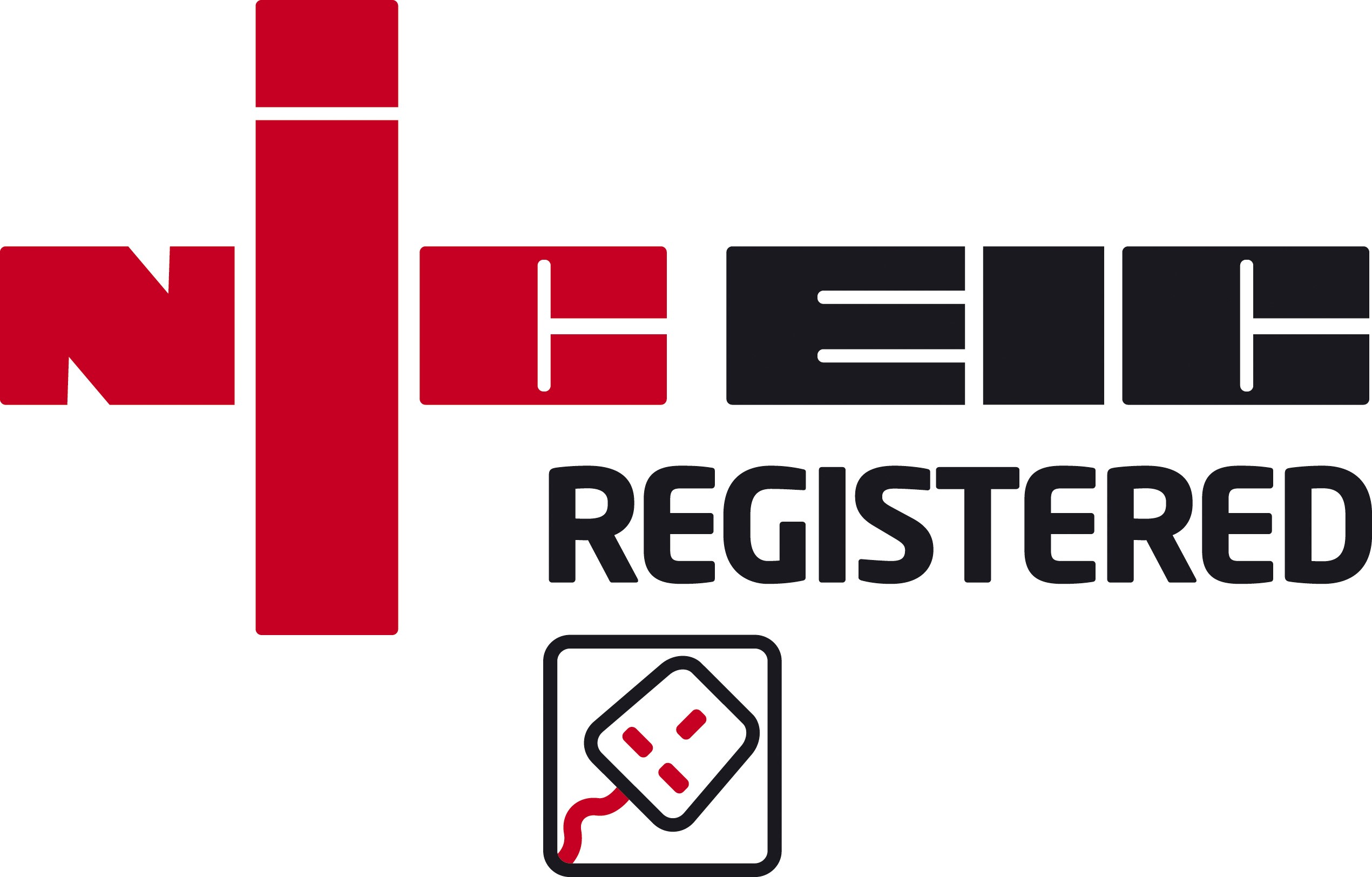Why PAT Test?
Although PAT Testing is not a legal requirement in itself, it is a requirement essential for compliance with
PUWER, Health and Safety at Work regulations, Electricity At Work Regulations and a requirement of many insurance policies.
HSE Guidance On PAT Testing:
http://www.hse.gov.uk/work-equipment-machinery/puwer.htm
The IET Code Of Practice for In-Service Inspection and Testing of Electrical Equipment
5th Edition
The code of practice contains all of the test schedules & procedures to be followed.

The Health And Safety at Work Act 1974
This Act places duty upon both employer and employee to ensure the safety of all persons using the work premises or those affected by work activity.
The Provision and Use of Work Equipment Regulations 1998 (PUWER)
These regulations require that equipment provided for use at work is:
-Suitable for intended use.
-Safe for use, Maintained in a safe condition, and in certain circumstances, inspected to ensure this remains the case.
– Used only by people who have recieved adequate information, training and instruction.
-Accompanied by suitable safety measures.
Management of Health & Safety at Work Regulations 1999
“Every employer shall make suitable and sufficient assessment of:
(a) the risks to the health and safety of his employees to which they are exposed whilst at work, and
(b) the risks to ensure the health and safety of persons not in his employment arising out of or in connection with the conduct by him or his undertaking.”
Electricity at Work Regulations 1989
“As may be necessary to prevent danger, all systems shall be maintained so as to prevent so far as is practicable, such danger”
(EAWR) recognises a responsibility that employers and many employees have for electrical systems.
“It shall be the duty of every employer and self employed person to comply with the provisions of the Regulations in so far as they relate to matters which are within his control.
It shall be the duty of every employee while at work:
(a) to co-operate with his employer so far as is necessary to enable the duty placed on that employer by the provision of the Regulations to be complied with: and
(b) to comply with the provision of these regulations in so far as they relate to matters which are within his control.”.
What equipment requires electrical testing?
>
All Electrical Equipment 50v >415 V ac
All Classes of electrical equipment. (1,2,3)
Standard (BS 1363) & Industrial Plugs (BS EN 60309) (110v, 230v, 415v)
PORTABLE APPLIANCES & EQUIPMENT
Electrical Equipment (<18KGs) intended to be moved whilst in operation.
eg. Vacuum Cleaner, Toaster, Kettle, Microwave, TV, Mobile Phone charger etc.
IT EQUIPMENT
All IT Equipment used in or around your workplace.
eg. PCs, Laptop Charger, Monitor, Printer, Fax Machine, Photocopier, Server, Network Switch,
Network Router Power Supply, Label Printers etc.
POWER CABLES & EXTENSION LEADS
All inter-changable IEC lead (Kettle type), C5 (Clover leaf/Mickey Mouse), Figure 8 lead , Extension Lead and
Extension Reels, Multi adaptors, RCD adaptors.
MOVEABLE EQUIPMENT
Transportable >18KGs
Does not use a carrying handle, Not fixed in place, May have wheels or castors.
eg. Moveable heaters, Moveable air-conditioning unit, Welding Set.
HAND-HELD APPLIANCES
Anything that is held in the hand during operation.
Power Tools, 110v Power Tools, Hair dryer, Hair-Straighteners, Hand-Held food blender etc.
STATIONARY EQUIPMENT OR APPLIANCES
18KGs>
eg. Fridge, Freezer, Washing Machine, Tumble Dryer.
MICROWAVES
Leakage Testing is carried out on all microwaves free of charge and included separately on the report.
This safety condition check ensures the safety and integrity of all door seals and vents whilst in use.
————————————————————————————–
FIXED APPLIANCES
‘Hard Wired’ into a fused Isolation Unit or Isolation device.
eg. Wall mounted heaters.




